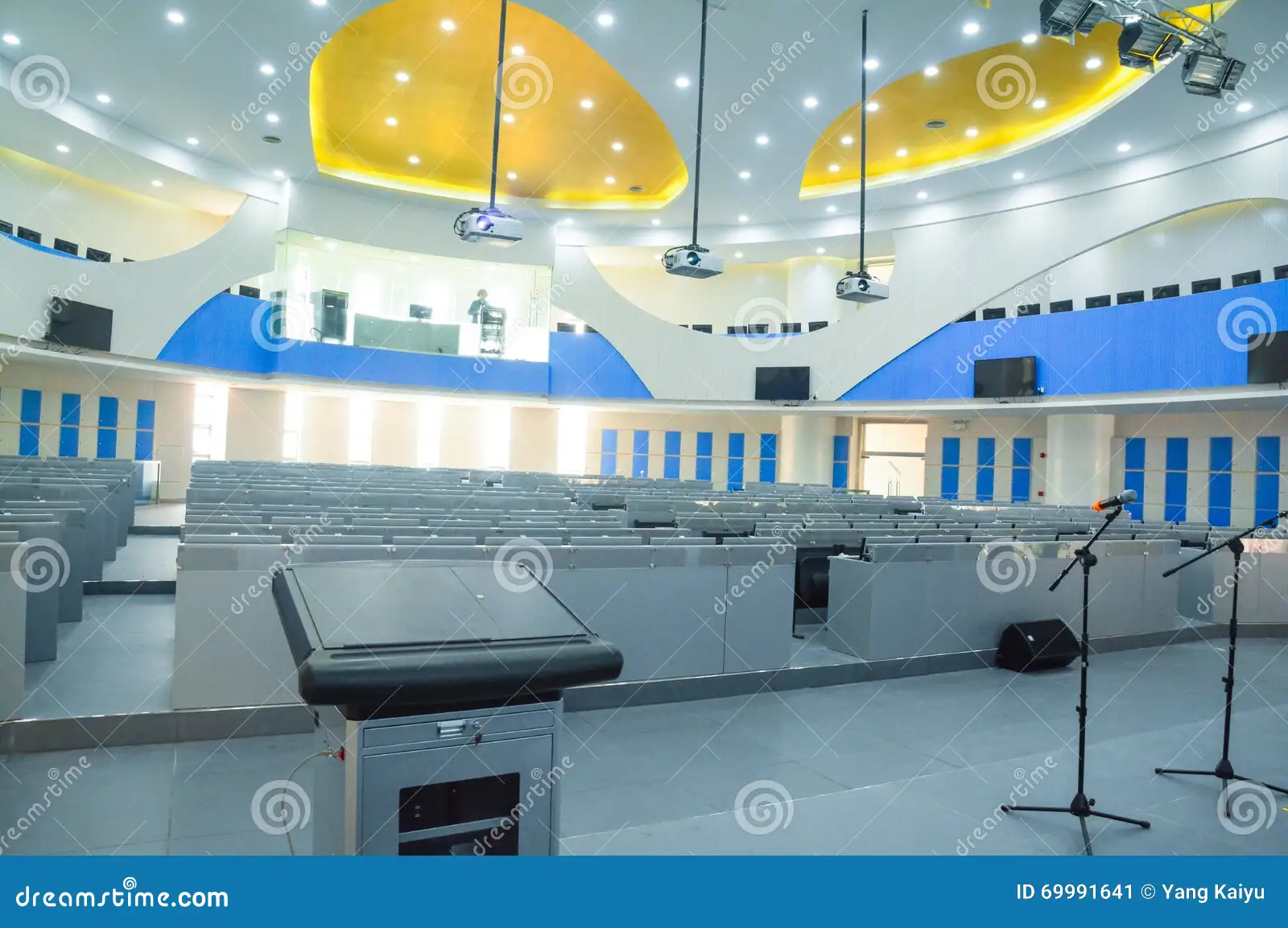
The future of classroom training and staffing for IT skills is likely to be shaped by a combination of technological advancements, evolving learning methodologies, and changing industry needs. While I can’t predict the future with certainty, I can provide some insights into the potential trends and directions that classroom training and Staffing for IT skills might take:
1.Hybrid Learning Environments:
The integration of both in-person and online learning experiences, often referred to as hybrid learning, will likely become more prevalent. This allows students to benefit from the flexibility of online learning while still engaging in hands-on, collaborative activities in physical classrooms.
2.Personalized Learning Paths:
Adaptive learning technologies and AI-driven systems used to create personalized learning paths for students. These paths would be based on individual skill levels, learning styles, and goals, ensuring that each student receives a customized educational experience.
3.Hands-on Simulations:
Virtual labs and simulations will likely play a crucial role in IT skills training. Students can practice in virtual environments that replicate real-world scenarios, allowing them to experiment and learn without the risk of damaging actual systems.
4.Project-Based Learning:
Classrooms will likely focus more on project-based learning, where students work on real-world projects individually or in teams, therefore This approach enhances practical skills, problem-solving abilities, and collaboration, which are highly valued in the IT industry.
5.Incorporation of Emerging Technologies:
Classroom training and Staffing will likely cover emerging technologies such as artificial intelligence, blockchain, cybersecurity, and then Internet of Things. Staying up-to-date with these trends will be crucial for IT professionals.
6.Gamification and Interactive Learning:
Gamified elements and interactive content can enhance engagement and motivation. Quizzes, challenges, and virtual competitions integrated into the learning process.
7.Industry-Recognized Certifications:
Classroom training will continue to prepare students for industry-recognized certifications, which are often a requirement or a significant advantage when seeking IT jobs. Training programs might align their curriculum with certification exam objectives.
8.Soft Skills Development:
While technical skills are essential, the importance of soft skills such as communication, teamwork, and problem-solving will likely increase. Classroom training could incorporate activities and discussions to nurture these skills.
9.Global Collaboration:
With the ease of online communication and collaboration tools, classrooms could become platforms for global collaboration. Students from different parts of the world could work together on projects, exposing them to diverse perspectives.
10.Continuous Learning and Micro credentials:
The IT industry evolves rapidly, so continuous learning will remain crucial. Short courses and micro credentials might become more popular, allowing professionals to quickly acquire new skills without committing to lengthy programs.
11.Data-Driven Insights:
Learning analytics and data-driven insights could help educators track student progress, identify areas of improvement, and optimize the curriculum for better outcomes.
12.Virtual Reality (VR) and Augmented Reality (AR):
As VR and AR technologies become more advanced and accessible, therefore they integrated into classroom training to create immersive learning experiences and visualize complex concepts.
Remember that the adoption of these trends will depend on various factors, including technological advancements, the preferences of learners, and then specific needs of the IT industry. A blend of traditional classroom settings with modern educational techniques is likely to be the way forward for IT skills. Click Here To Get More Course


